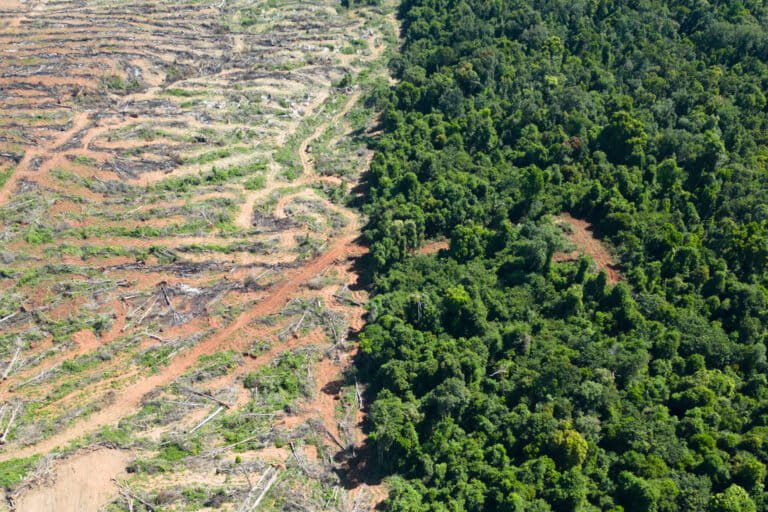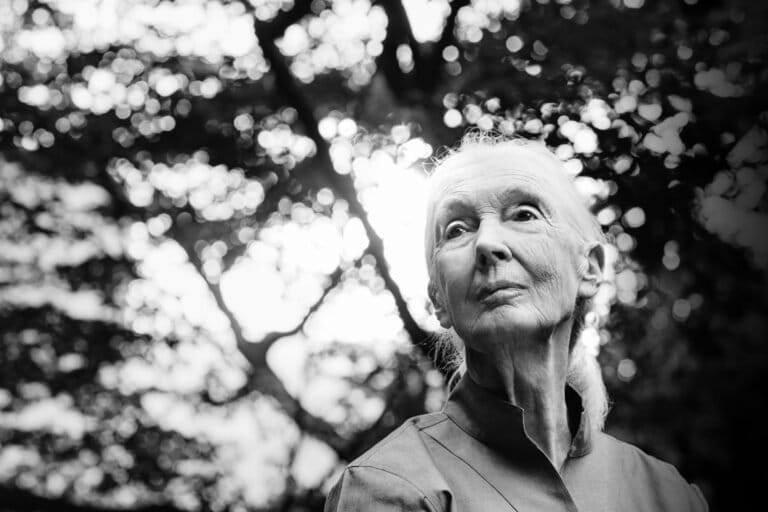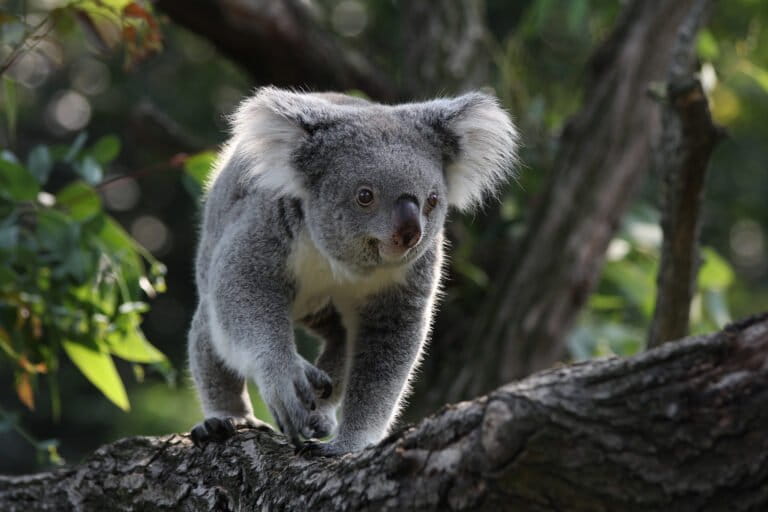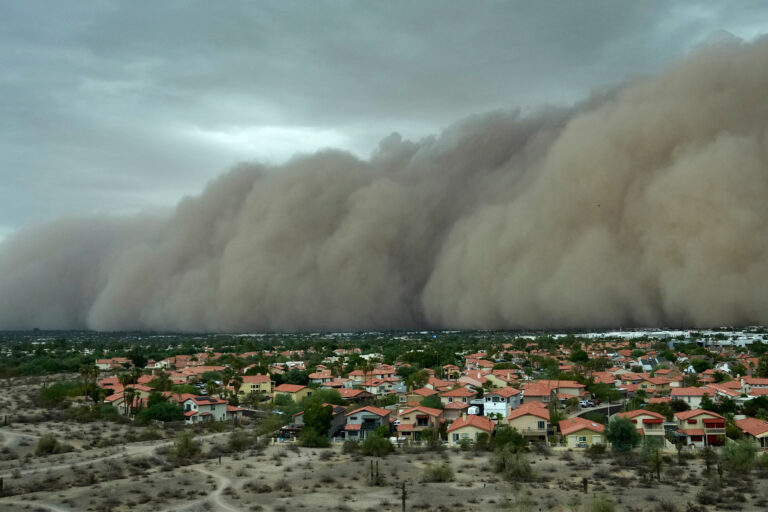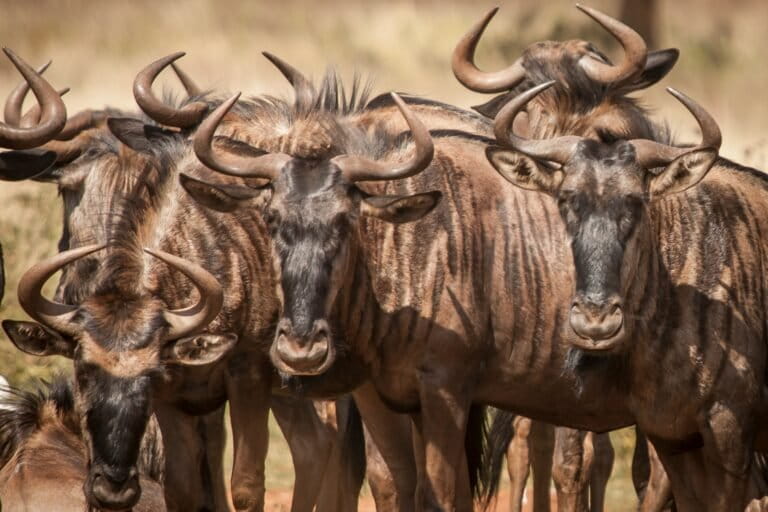- Much of the developing world relies on charcoal, and Myanmar is no exception, especially when it comes to illegal trade with China.
- In China’s Yunnan province, which borders Myanmar, factories use Myanmar’s charcoal in the production of silicon metal and ferrosilicon.
- In 2016, the industry in Dehong prefecture, a part of Yunnan province, consumed over 200,000 tons of charcoal, largely charcoal from illegally logged trees in Myanmar.
Charcoal and firewood are the most common fuel sources in Myanmar – indeed, in much of the developing world. Farmers burn small trees under piles of dirt for days to produce charcoal, which is then used to cook dinner and heat homes. While it may not be the most environmentally friendly source of fuel, the electrical grid has yet to reach much of the rural parts of the country, and farmers aren’t left with much option.
In northern Myanmar, another customer for charcoal has entered the scene in the past few years: China. Myanmar and China share a long border of more than 2,000 kilometers that has been a passage for timber smuggling for decades. Now, with a crackdown on logging underway, charcoal has become the illegal export du jour.
In Yunnan province, which borders Myanmar, factories that produce silicon metal and ferrosilicon use charcoal in abundance – in 2016, the industry in Dehong prefecture, a part of Yunnan province, consumed over 200,000 tons of charcoal. And it’s cheaper to get the charcoal from Myanmar than domestically. Silicon metal and ferrosilicon are used in an enormous range of goods, from solar panels to stainless steel. Yunnan province produces about 17 percent of the world’s silicon metal and ferrosilicon.
Exporting charcoal is illegal, according to Myanmar’s Forest Department. So charcoal traders have to pay substantial bribes to the very same Forest Department, and military, officials. Mongabay estimates that the bribes could total $10 million a year from charcoal smuggling.
Many of the producers and traders are aware of the damage charcoal causes to their forests. One truck driver who makes a living transporting charcoal from Myanmar to China, says, “If possible, just stop this trade. That would be best for our country.” But many people involved in the production and trading of charcoal don’t have many alternatives.
Farming is a precarious business and many Mongabay spoke with had ambitions to send their kids to school.
The northern part of the country is also increasingly becoming home to large scale industrial projects, like dams, built by the Chinese. Kevin Woods, a researcher of Myanmar’s resource politics, says farmers are getting squeezed off their lands. Regardless, the environmental impact of charcoal production could be permanent, because “you’re dramatically changing the ecology of the area you’re in when you get rid of the forest,” Woods says.
Here are some profiles of those involved in the charcoal trade in Myanmar.
Middlemen

Pyar Chi has a brisk business acting as a go-between for the sale of charcoal. Last April, Chi sold up to 1,000 bags of charcoal every ten days, at about $1.50 per bag. She sells the charcoal to traders who then take it to China, via Bhamo.
Chi lives in a village that used to trade in timber as well, but due to deforestation and greater restrictions from the government, they have had to switch to charcoal.
During the monsoon season, it’s only possible to reach Chi’s village by boat and houses are built on wooden platforms a few meters above the water.
Charcoal makers

Near Katha, locals make charcoal in kilns. It can take almost a week to produce 130 bags of charcoal. Typically, charcoal isn’t produced during monsoon season because the wood is hard to burn when wet.
Myo Htun, who owns produced charcoal, says he has only tried once, which would account for why he made the mistake of trying during rainy season.
The work is labor intensive and it takes more than one day to cool the charcoal and extract it. With the heat in the air and the heat coming off the kiln, the work can be quite uncomfortable.
The production site is located near the town of Katha, along the Irrawaddy River.
Laborers

Bhamo is a bustling port town along the Irrawaddy River – all day boats arrive at the docks and unload a huge array of goods from food to clothing.
The charcoal unloaded is bound for China and can be made from lower quality wood than that used for cooking at home.
When the charcoal is unloaded from a boat onto a truck, men with sledgehammers smash down on the bags to make extra room, a process that would be unlikely with higher quality household charcoal.
There are no officials taking note of what is entering or leaving the port, especially as boats dock anywhere along the long coast line. Upon speaking with port officials, they could not provide statistics on specific goods entering or leaving the town by boat.
Traders

About three hours downstream from Bhamo, charcoal traders work on their boats to move their product. Not all charcoal is brought in large boats. Some traders, like those pictured, are very small-scale traders.
Back home, these women are farmers, but in large parts of northern Myanmar, farming has become increasingly difficult. Many have been squeezed off their land by large infrastructure projects built or funded by the Chinese.
These traders docked their boat a few kilometers from the center of town to avoid unwanted attention from officials.
Boat captains

Near Katha, a town in the Sagaing region of Myanmar, it is unclear where many boats are heading and whether the charcoal will be used for export to China.
Charcoal and firewood are the most common fuel source in the country, and indeed much of the developing world. The local charcoal market is thriving, though less lucrative.
Near Katha, bags of charcoal can be found everywhere, and once in a while they are confiscated by local officials.
Banner image: Pyar Chi, 43, poses for a portrait in the corn field she purchased with money made from selling charcoal. Photo by Nathan Siegel for Mongabay.
Nathan Siegel is a photographer and videographer focusing on international environmental issues. He can be found on Instagram at @npsiegel.
FEEDBACK: Use this form to send a message to the author of this post. If you want to post a public comment, you can do that at the bottom of the page.






